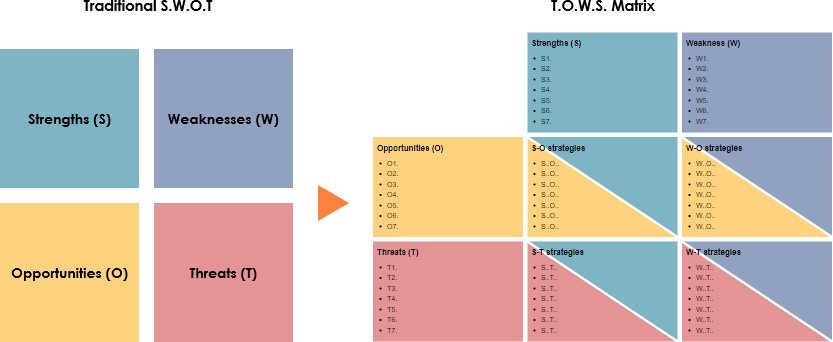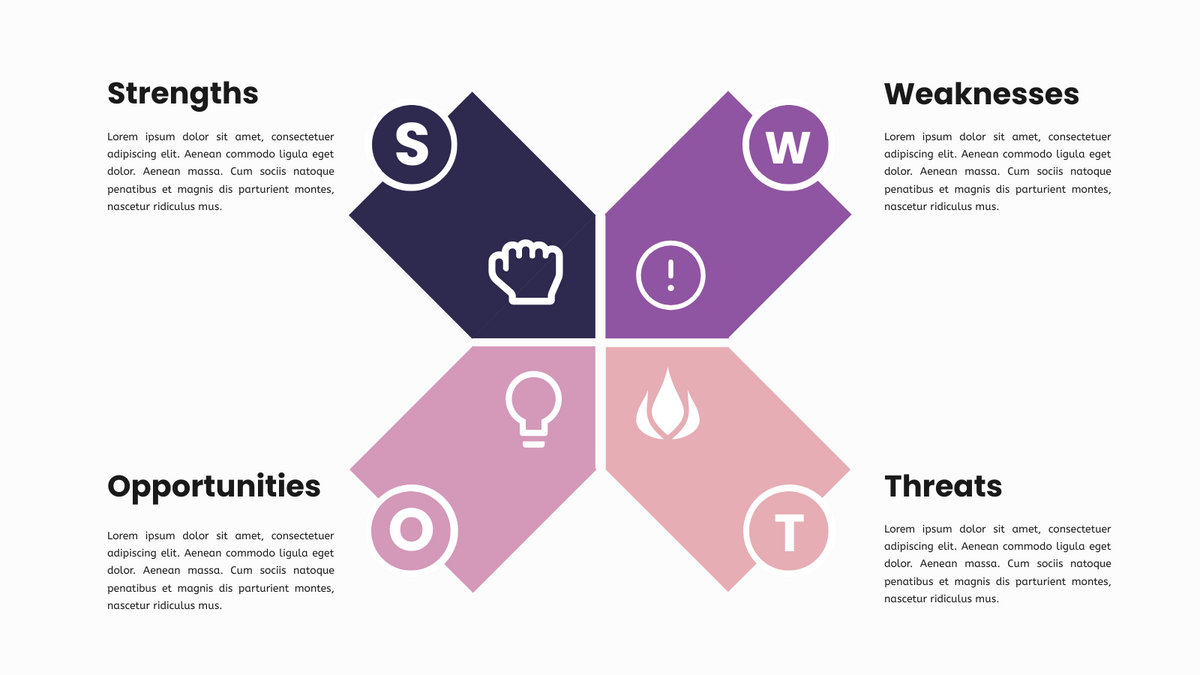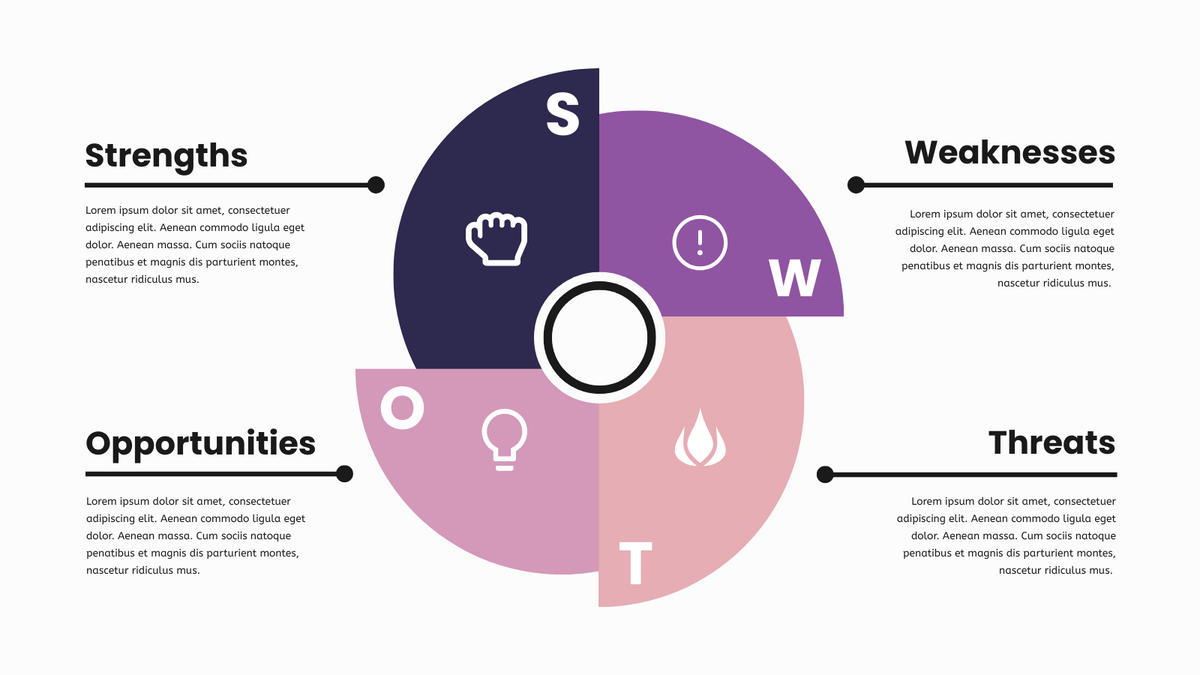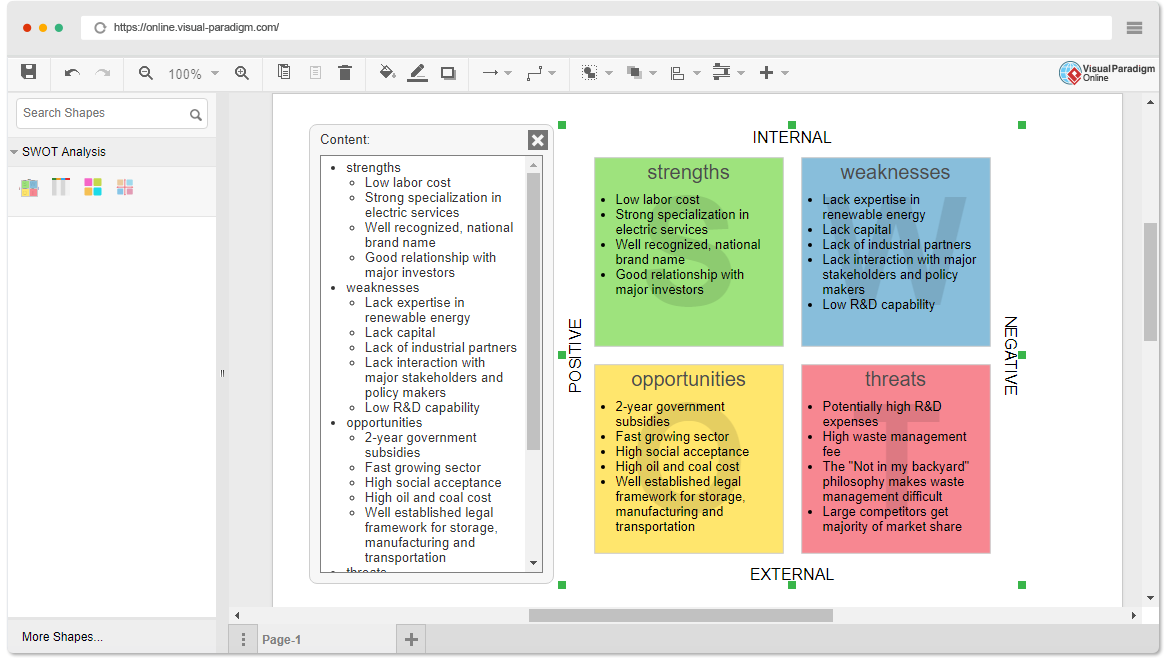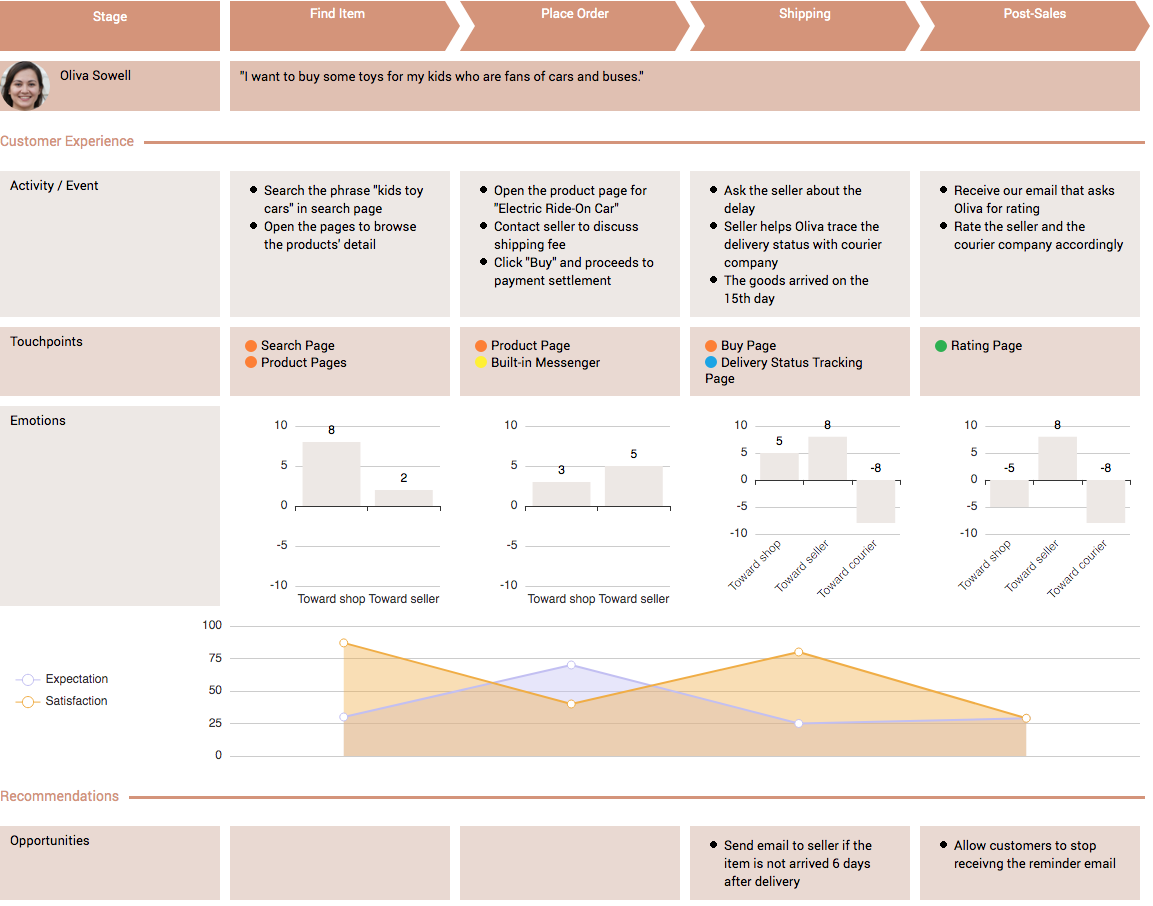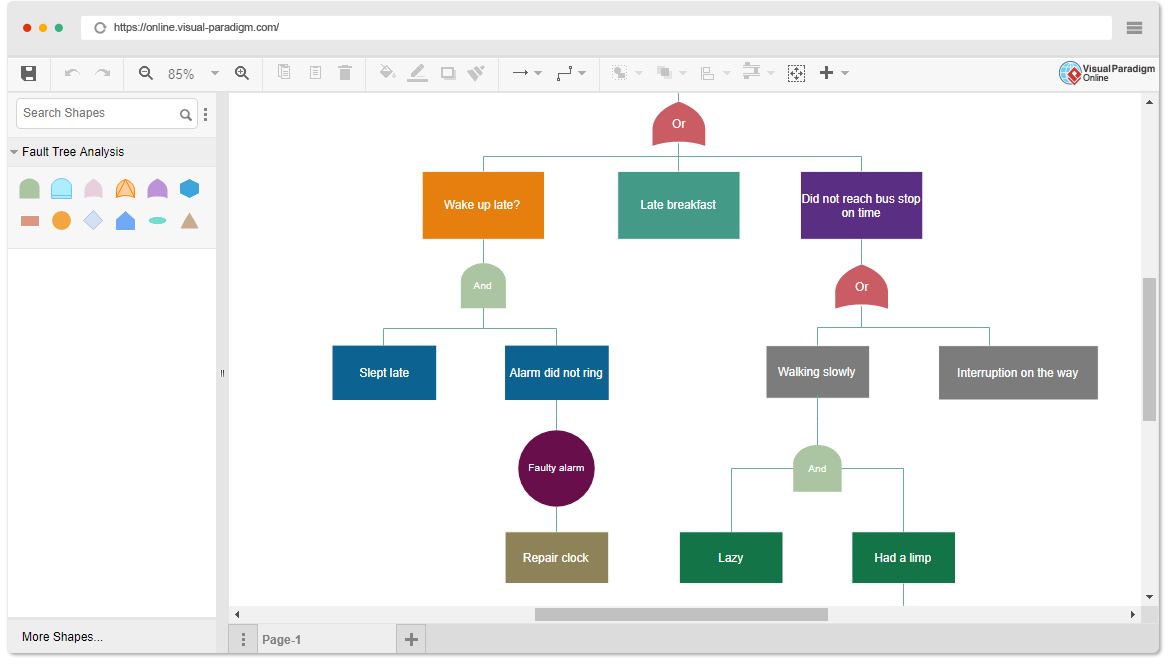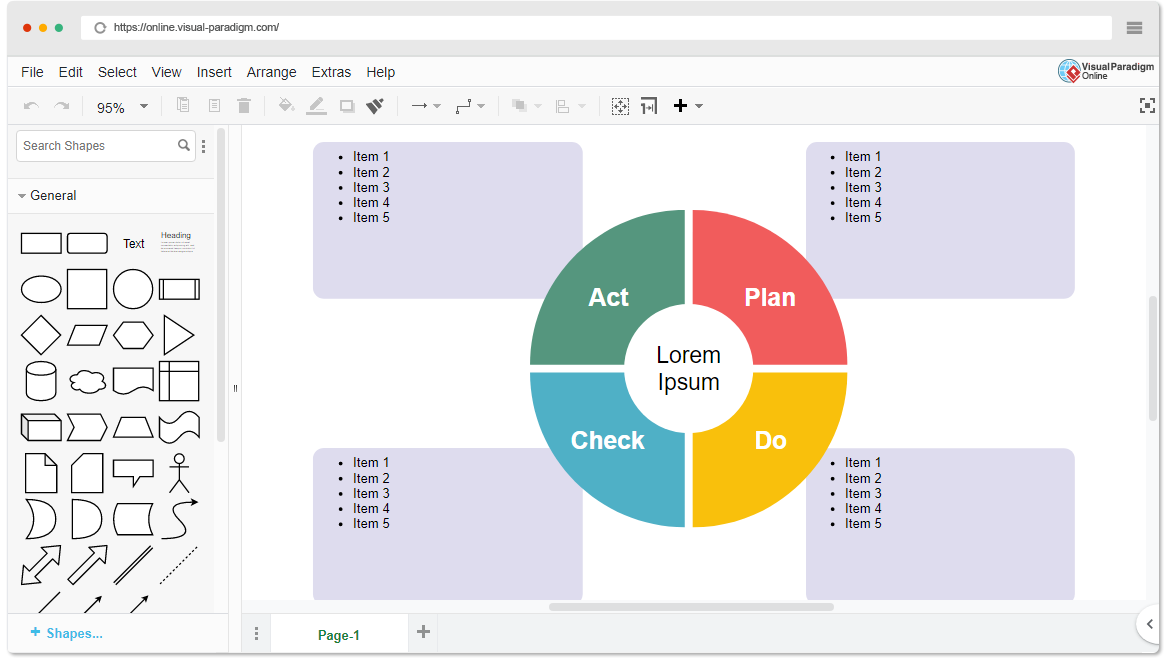Many organizations use SWOT analysis to determine the strengths and weaknesses of their organization. SWOT analysis can be interesting, but what should you do with the information you get? This is where the TOWS matrix becomes a useful tool. It is a simple and effective way to brainstorm and develop specific strategies to address the initial SWOT findings.
Continue reading